Property tax policy under discussion
OFBF annual meeting delegates will discuss how or if current Farm Bureau policy should be modified in light of various property tax proposals.
Read MoreTaking a look at the history of CAUV can help with understanding its structure, fluidity and the eternal vigilance needed by Ohio Farm Bureau and our members for its sustainability.
The JulyAugust 2024 Our Ohio magazine takes a deeper dive into a program that impacts nearly all members across the state – Current Agricultural Use Value or CAUV.
Members saw significant increases on their 2023 assessments on their 2024 tax bills, while still realizing substantial savings by being a part of the program. Taking a look at the history of CAUV can help with understanding its structure, fluidity and the eternal vigilance needed by Ohio Farm Bureau and our members for its sustainability.
CAUV was established in 1973 after Ohio Farm Bureau campaigned for a constitutional amendment to have farmland taxed for its agricultural value, rather than its fair market value.
According to the Ohio Department of Taxation, by permitting values to be set well below true market values, the CAUV normally results in a substantially lower tax bill for working farmers.
To qualify for CAUV, land must meet one of the following requirements during the three years preceding an application for CAUV:
Applications for CAUV must be filed with the county auditor. County auditors are responsible for making sure farmers are in compliance. The basic formula has remained the same, but has gone through tweaks as the market and data collection have changed over time.
Statewide, Ohio farmers saw a 307% increase in property taxes charged between 2008 and 2014. Those higher taxes were being paid at a time when some farm crop prices had fallen as much as 50%, and a formula that had worked well for decades started to falter.
Since 2014, Ohio Farm Bureau has lobbied the tax department and the Ohio Legislature to make important changes to the CAUV calculation. In 2015, Ohio Farm Bureau was successful in gaining data updates to the CAUV formula from the Ohio Department Taxation. These changes prevented bigger increases and ensured that the most up-to-date data available was being used in the CAUV calculation.
In 2017, the organization was successful in lobbying the General Assembly to include CAUV reform language in the biennial budget bill. Those changes ensured the most accurate data was being used to calculate the capitalization rate and allowed conservation lands to be valued at the minimum value, which was phased in over a six-year period.
Thanks to the work of Ohio Farm Bureau members, the 2023 state budget included the creation of a Property Tax Review Committee to take on the task of looking at long-term solutions for CAUV and residential property tax values.
In early February, Leah Curtis, policy counsel and senior director of member engagement for Ohio Farm Bureau, was invited to testify in front of the newly formed committee to offer some background on what CAUV is and how the increases coming this year will impact Ohio agriculture. Ohio Farm Bureau State Trustee Matt Aultman also testified before the committee in May.
As the Property Tax Review Committee continues its work to look for possible reforms to the system, Ohio Farm Bureau will continue to be heavily involved in the process to find a solution that will offer all property owners across Ohio a tax valuation system that is more clear and certain.
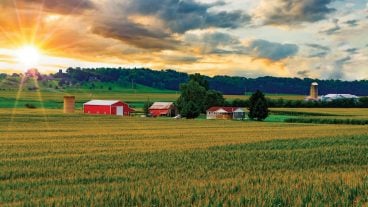
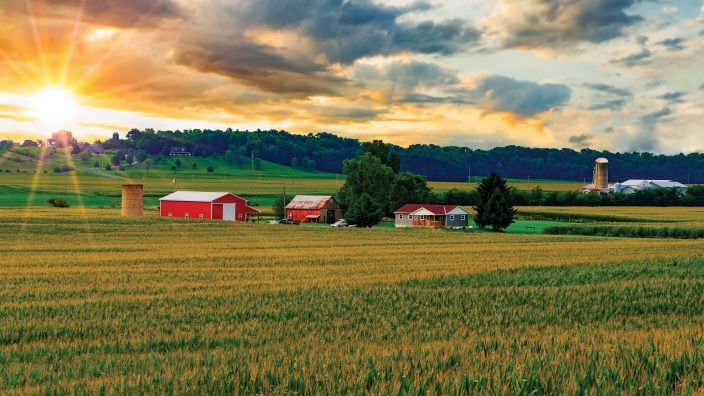
OFBF annual meeting delegates will discuss how or if current Farm Bureau policy should be modified in light of various property tax proposals.
Read More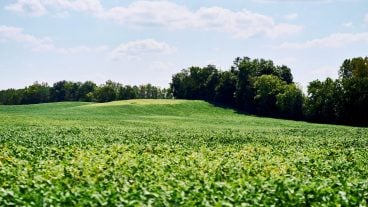
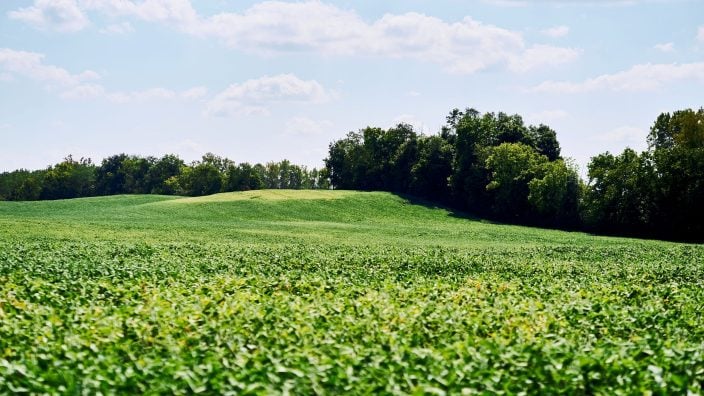
In 2025, about 21 counties are going through a reappraisal or update, and because Ohioans pay taxes one year behind, they will see new property tax bills in January 2026.
Read More
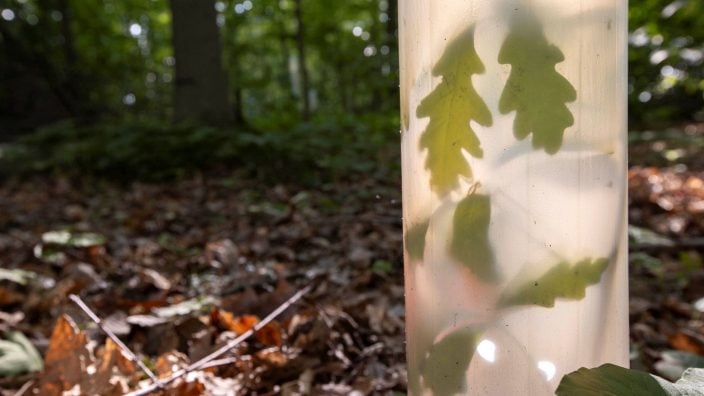
Overall, proper care, maintenance and communication are all essential parts of the process when it comes to trees.
Read More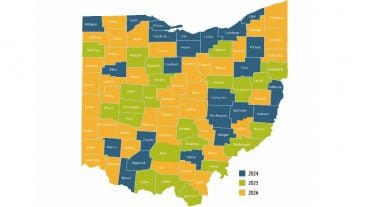
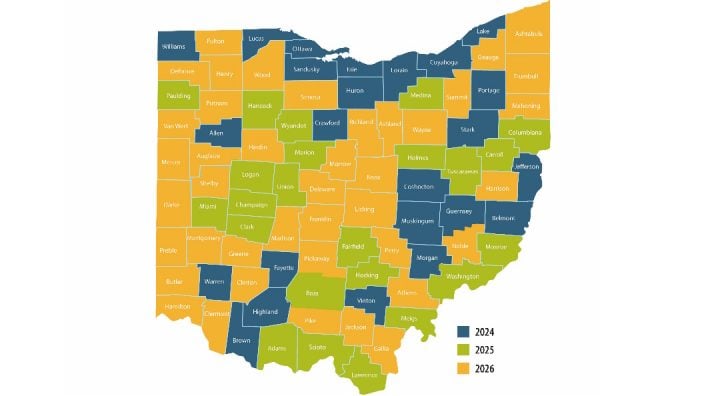
This will apply to the 23 counties on the revaluation cycle in 2025, who will see updated values and tax bills in January 2026.
Read More

‘We never stop pushing to ensure farmland taxation is fair and reflects the realities of agriculture.’ ~ Mandy Orahood
Read More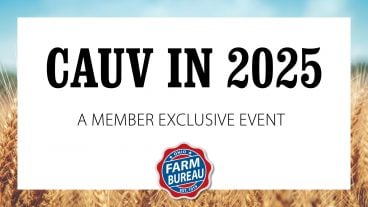

In this recording, learn about the recent increases in Ohio CAUV values, gather information to help you understand the property tax system, and get an update on legislative action.
Read More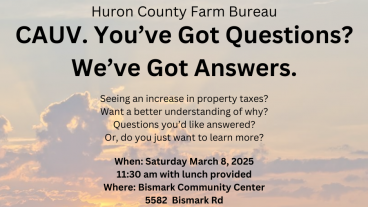
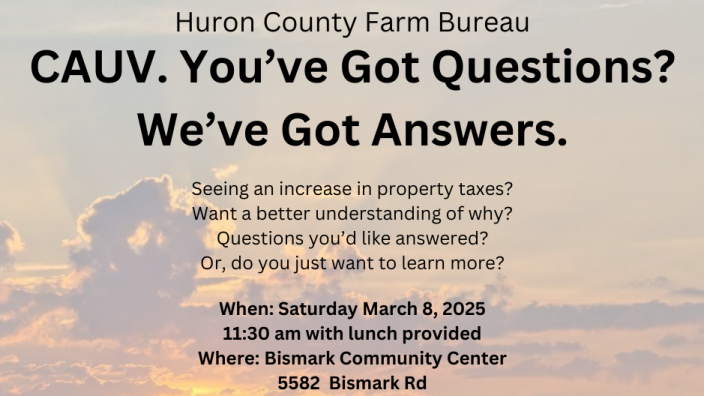
Join us for an informative session March 8. Experts will explain recent changes, answer your questions, and help you better understand how CAUV impacts you.
Read More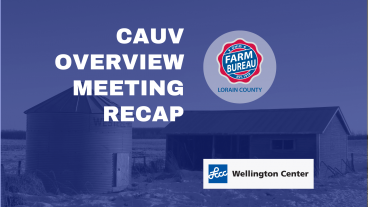

Lorain County Farm Bureau hosted a CAUV meeting Jan. 30, 2025 at LCCC Wellington Center presented by the Lorain County Auditor’s Office and Lorain County Farm Bureau.
Read More

Join Ohio Farm Bureau for a free webinar Feb. 11 to discuss the recent increases in CAUV values, Registration is required.
Read More

Join us Jan. 30 for a CAUV Overview Meeting at Lorain County Community College.
Read More